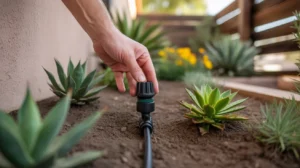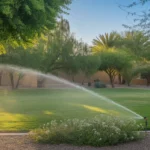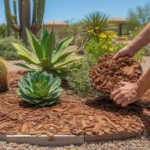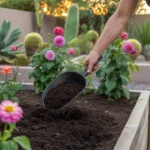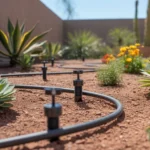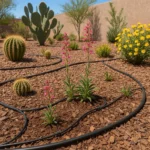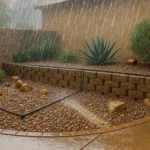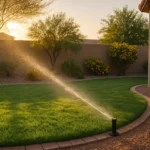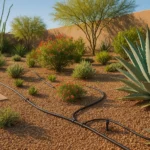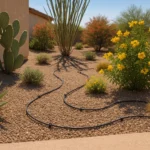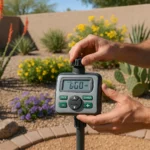Drip irrigation is a game-changer for Gilbert homeowners looking to keep their yards lush and healthy while conserving water. But to get the most out of your drip system, it’s important to stay on top of maintenance and optimization. Use this handy checklist to ensure your drip irrigation is running at peak efficiency all year long.
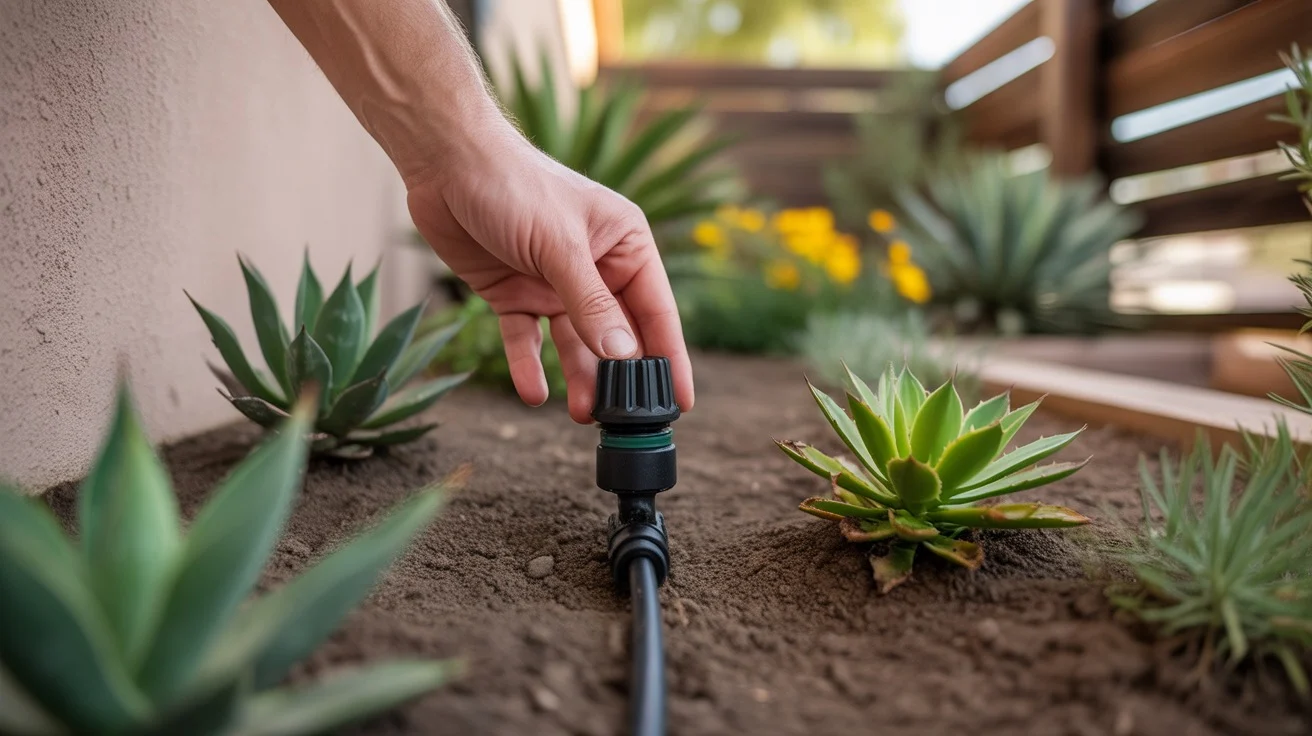
Inspect Emitters and Lines Monthly
Set a reminder to give your drip system a thorough check-up at least once a month. Walk your yard and examine each emitter, looking for signs of clogging, damage, or leaks. Drip emitters can become blocked by mineral buildup or debris, causing uneven watering or dry spots. If you spot any troubled emitters, clean or replace them promptly.
While you’re at it, trace your drip lines from start to finish. Check for any kinks, cracks, or loose connections that could be wasting water or underwatering your plants. Trim away any roots or shoots that have grown around the lines, as these can lead to future damage. A little proactive maintenance goes a long way in keeping your drip irrigation running smoothly.
Adjust Watering Schedules Seasonally
One of the biggest benefits of drip irrigation is the ability to fine-tune your watering to match Gilbert’s changing seasons. As temperatures rise in late spring and summer, your plants will likely need more frequent watering to combat the intense heat and dry air. Conversely, you can scale back your drip schedule in the cooler months when evaporation is slower.
A good rule of thumb is to water deeply and less often in spring and fall, then increase frequency while decreasing duration in the summer. This encourages deep root growth and prevents water loss to evaporation. Keep an eye on your plants and soil moisture levels, and don’t be afraid to make small adjustments as needed. Every yard is unique!
Flush Your System Annually
Even with regular maintenance, drip systems can develop clogs and mineral deposits over time. That’s why it’s crucial to flush your entire drip irrigation system at least once a year, typically before the heavy watering season begins. Start by turning off the water supply and opening the end caps on your drip lines. Then, remove the emitters and flush the lines with clean water until it runs clear.
While the end caps are off, take a moment to check your system’s pressure. If the water is barely trickling out, you may have a leak or blockage somewhere in the line. Trace the problem and make repairs as needed. Finish by replacing the emitters and end caps, then run a test cycle to ensure everything is in working order.
Upgrade to Smart Controllers
If you really want to take your drip irrigation to the next level, consider investing in a smart controller. These high-tech devices use local weather data and soil moisture sensors to automatically adjust your watering schedules, ensuring your plants get exactly what they need, when they need it. Some models even offer mobile apps for remote monitoring and control.
While smart controllers require an upfront investment, they can pay for themselves over time through water savings and healthier plants. Plus, they take the guesswork out of irrigation scheduling, giving you one less thing to worry about in your Gilbert yard maintenance routine. It’s the perfect way to optimize your drip system for peak performance.
By following this simple checklist, you can keep your drip irrigation system running like a well-oiled machine. Regular inspections, seasonal adjustments, annual flushing, and smart technology all work together to maximize water efficiency and plant health in your Gilbert yard. So grab your gloves, set those reminders, and enjoy the lush, thriving landscape that drip irrigation makes possible in our desert climate.

